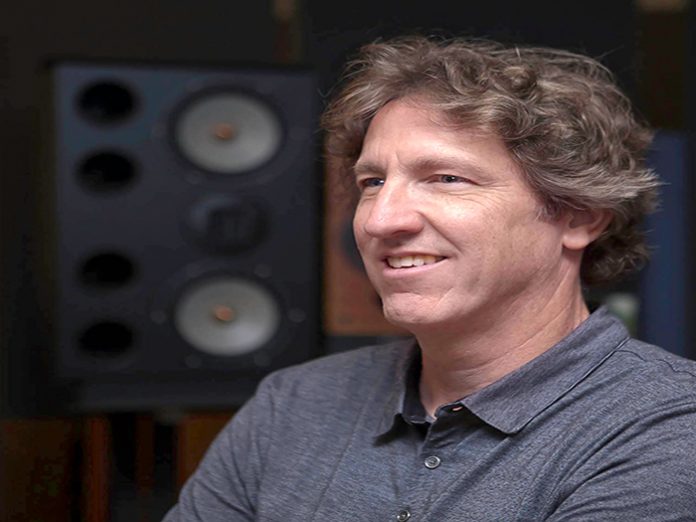Dave O’Donnell has produced and engineered many of the world’s greatest artists, including Keith Richards; John Mayer; Eric Clapton; Keb’ Mo’; Lyle Lovett; and Ray Charles. His work has earned him numerous Grammy, TEC, and Emmy awards and nominations.
O’Donnell also has a long-standing relationship with singer-songwriter James Taylor and has served as Taylor’s producer and engineer on all of his recent albums, including the Grammy-nominated Best Engineered Album, Before This World (2015).
Recently, O’Donnell began recording acoustic guitars at Taylor’s private studio in Massachusetts for Taylor’s next album. He used a pair of Daking Mic Pre One standalone preamplifier because the Mic Pre One has a variable-frequency, high-pass filter, 70dB gain for the ribbon microphones he wanted to use, a DI input for an acoustic pickup, and great, robust sound.
He said: “I was talking with my friend Seth Glassman about an upcoming recording session at James Taylor’s studio. Seth is a great bass player, and he also happened to have worked with Geoff Daking when Geoff was just starting to make gear in the 1990s. I was looking for a mic pre with a variable low-frequency roll-off to attenuate any extraneous low-frequency signal from things like building noise or overly-aggressive foot stomps. Really, I don’t want anything below the lowest tones of James’ guitar. Those lowest tones change depending on the song and on the guitar that James is using. Seth suggested the Daking Mic Pre One, which features a variable 10-200Hz high-pass filter.”
O’Donnell seldom prints equalisation on the tracks he records, preferring to address that at the mix stage, and one might argue that any high-pass filtering should get the same deferred treatment.
The hitch is that he also likes to print a bit of compression in the spirit of his analog tape days. “You really want all the unwanted low-end noise out of there before hitting the compressor,” he said. “James can be very dynamic – he can play soft one moment and then dig in the next. Especially when he’s working things out in the early stages, he will try different dynamics on different recording passes. I never know exactly what he’s going to do, and I never know exactly which version will end up being his favourite. So, I like to compress, but not over-compress.”
For these most recent sessions, O’Donnell used an Empirical Labs Distressor (although he left its fixed-frequency high-pass filter out in favour of the Daking Mic Pre One’s variable high-pass filter).
O’Donnell mic’d Taylor’s acoustic guitar (made by James Olson – a different model depending on the song) with either an AEA N8 or an AEA N22 ribbon microphone placed close to the body near the sound hole. One Daking Mic Pre One captured the ribbon mic and the second served as a DI from the guitar’s pickup as a “safety.”
“I really appreciated how much gain the Daking Mic Pre One has,” O’Donnell said. “The ribbon microphones needed it. I also really appreciated the high-precision meter and how much headroom it has. I was able to really drive it to get a nice, mildly effected sound. The overall sound was excellent – an honest, full-range, and exciting representation of what James was doing in the live room.”






